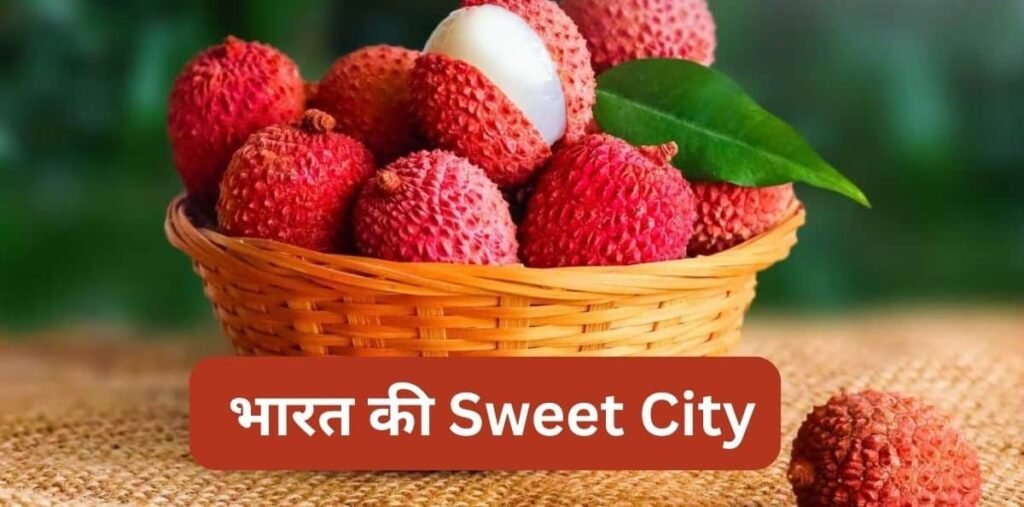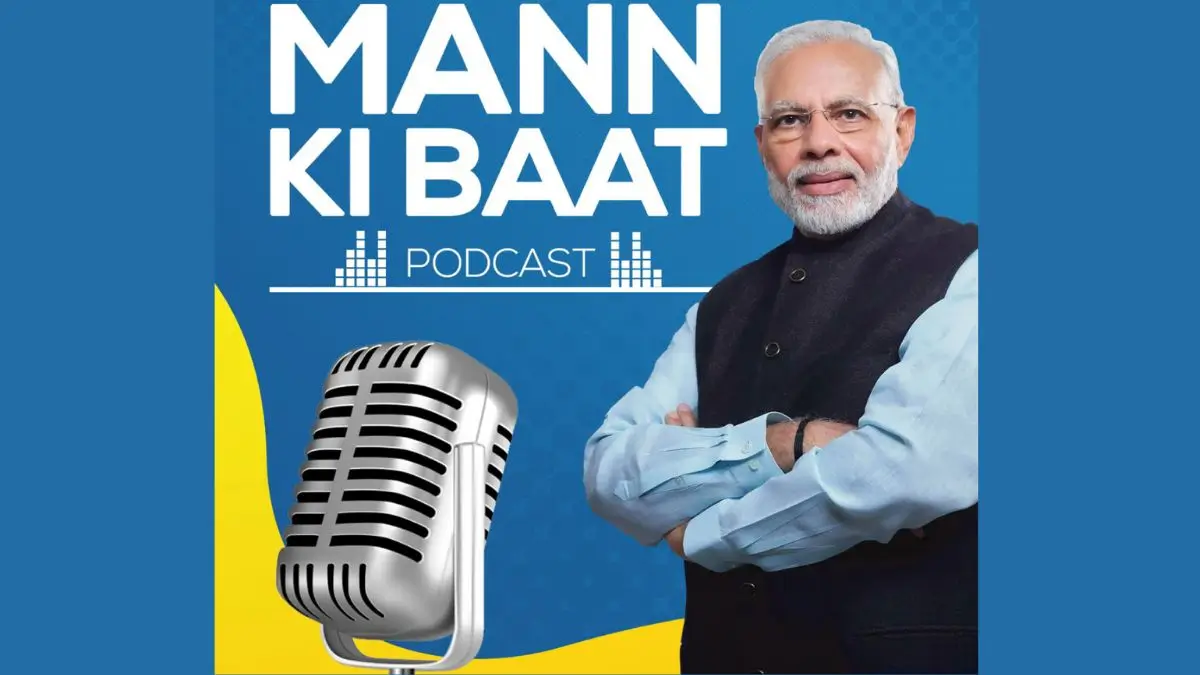The Sweet City of India: A Journey into the Delectable World of Kolkata Sweets
Kolkata, often referred to as the “City of Joy,” is a metropolis that boasts a rich cultural heritage, vibrant traditions, and a thriving economy. Beyond its historical significance and diverse culture, one aspect of this city that tantalizes the senses and brings sheer delight to both residents and visitors is its delectable array of sweets. Kolkata’s sweet treats have earned it the title of the “Sweet City of India,” and they play a unique role in the city’s culinary landscape.

Why this News is Important:
The Tradition of Sweets: Kolkata has a long-standing tradition of creating and enjoying sweets. The news highlights the cultural importance of these delicacies, which goes far beyond mere food. Sweets are an integral part of celebrations, festivals, and daily life for the people of Kolkata.
Preservation of Heritage: This news underscores the significance of preserving culinary heritage. It shows how Kolkata’s sweet shops have managed to maintain the authenticity of traditional recipes while adapting to modern tastes, ensuring the survival of age-old practices.
Historical Context:
Kolkata’s love affair with sweets dates back to the 19th century when the sweet shops of the city began to flourish. The early 19th century saw the birth of legendary establishments like “K.C. Das” and “Girish Chandra Dey & Nakur Chandra Nandy.” These pioneers laid the foundation for what would become a thriving industry.
During the British colonial period, a sweet maker named Nobin Chandra Das invented one of the most iconic Bengali sweets – the “Rasgulla.” This sweet treat quickly gained popularity, becoming a symbol of Bengal’s culinary excellence.
Over the years, Kolkata’s sweet shops have continued to innovate and create an array of mouthwatering sweets, from the spongy Rosogolla to the fragrant Sandesh and the rich Mishti Doi (sweet yogurt). These sweets have become an integral part of Bengali culture and are celebrated during festivals like Durga Puja and Diwali.
Key Takeaways from “Sweet City of India”
| Serial Number | Key Takeaway |
|---|---|
| 1 | Kolkata’s sweets are deeply embedded in its culture and traditions. |
| 2 | Traditional recipes for sweets have been preserved for generations, maintaining their authenticity. |
| 3 | The sweets industry in Kolkata contributes significantly to the local economy and job opportunities. |
| 4 | Iconic sweets like Rasgulla and Sandesh have historical significance and continue to be popular. |
| 5 | Kolkata’s sweets are not just food; they represent the city’s unique culinary heritage. |
Important FAQs for Students from this News
Q: Are Kolkata sweets limited to just Rasgulla and Sandesh?
A: No, Kolkata offers a wide range of sweets beyond Rasgulla and Sandesh, including Mishti Doi, Cham Cham, and more.
Q: What is the historical significance of sweets in Kolkata?
A: Sweets in Kolkata have a rich history dating back to the 19th century and are deeply intertwined with the city’s culture and traditions.
Q: How have Kolkata’s sweet shops preserved traditional recipes?
A: Kolkata’s sweet shops have maintained the authenticity of traditional recipes through generations of sweet makers.
Q: What role do sweets play in Kolkata’s festivals?
A: Sweets are an integral part of Kolkata’s festivals, especially during Durga Puja and Diwali.
Q: How does the sweets industry contribute to Kolkata’s economy?
A: The sweets industry is a significant contributor to the local economy, providing job opportunities and contributing to the city’s growth.
Some Important Current Affairs Links

















